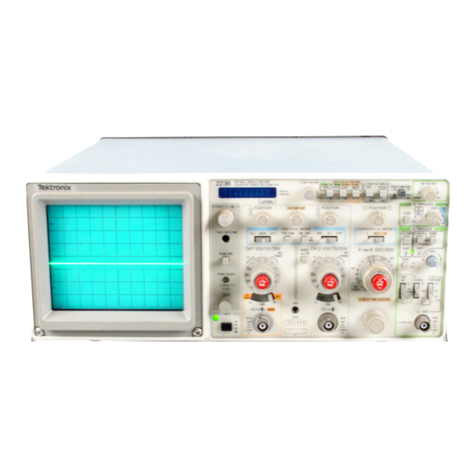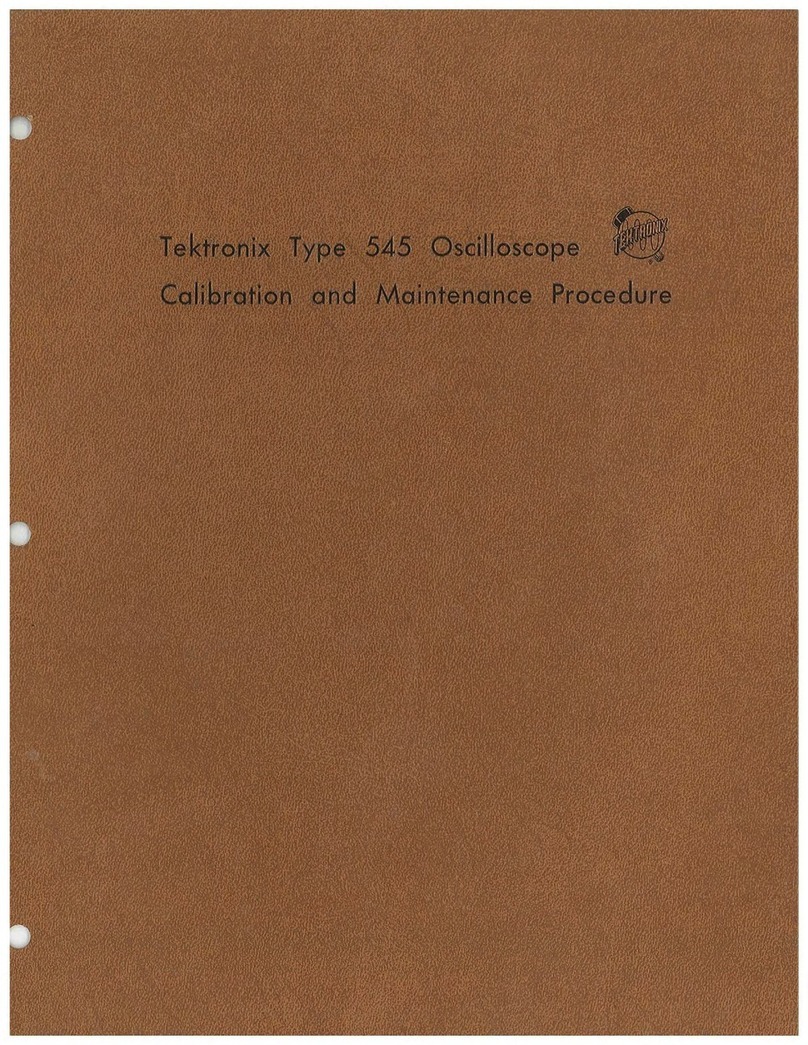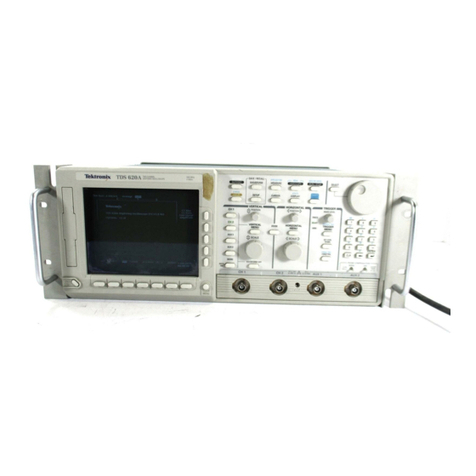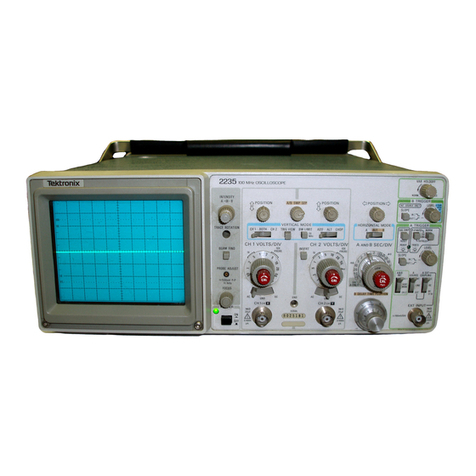Tektronix 422 User manual
Other Tektronix Test Equipment manuals

Tektronix
Tektronix KEITHLEY S530 User manual
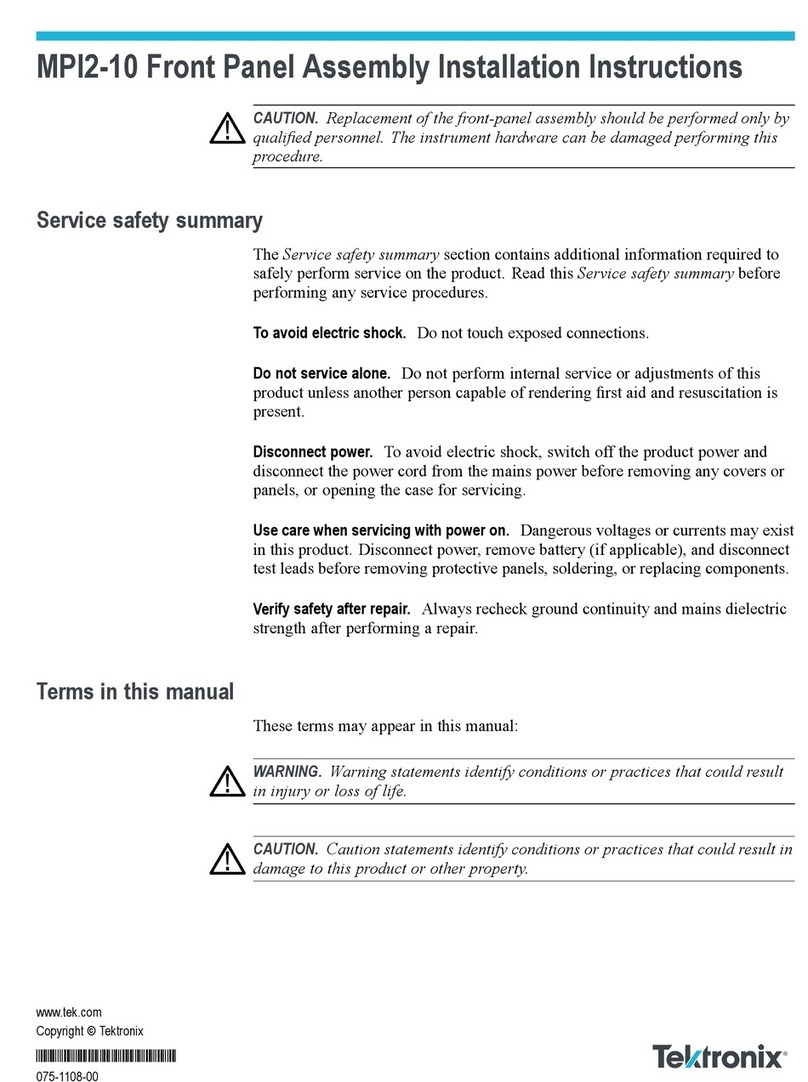
Tektronix
Tektronix PRISM MPI2-10 Programming manual
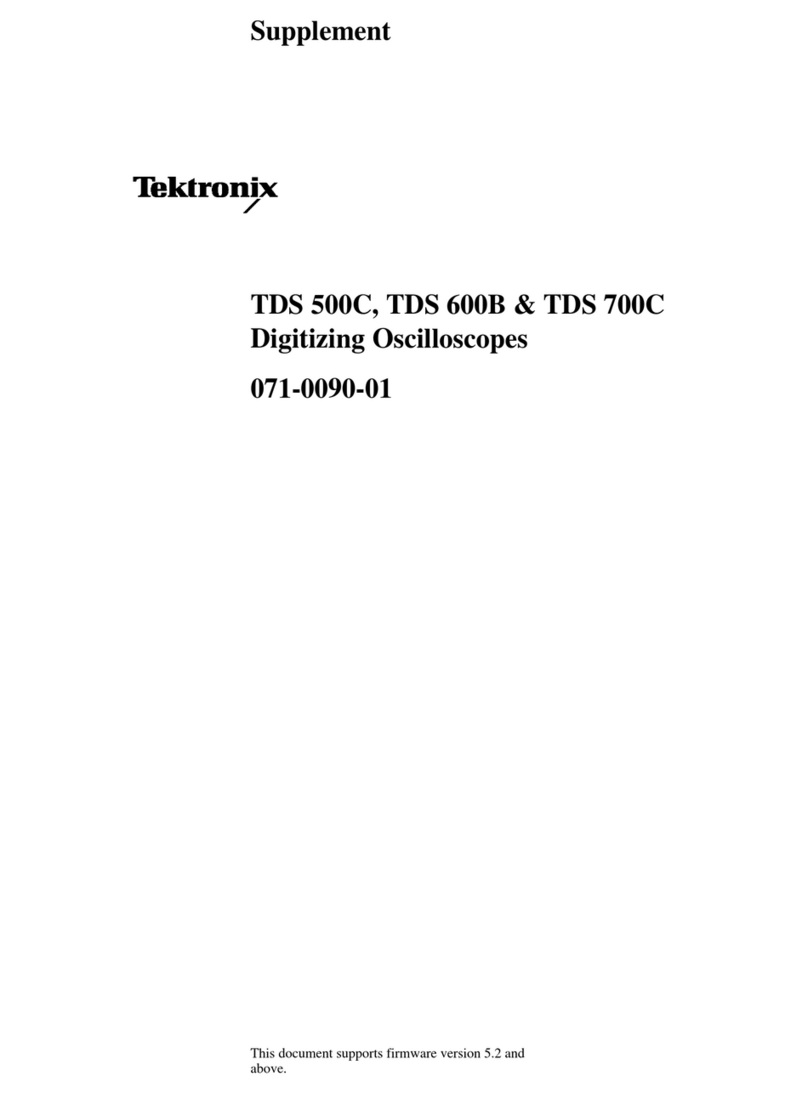
Tektronix
Tektronix TDS 500C User manual

Tektronix
Tektronix MSO4000 Series Use and care manual
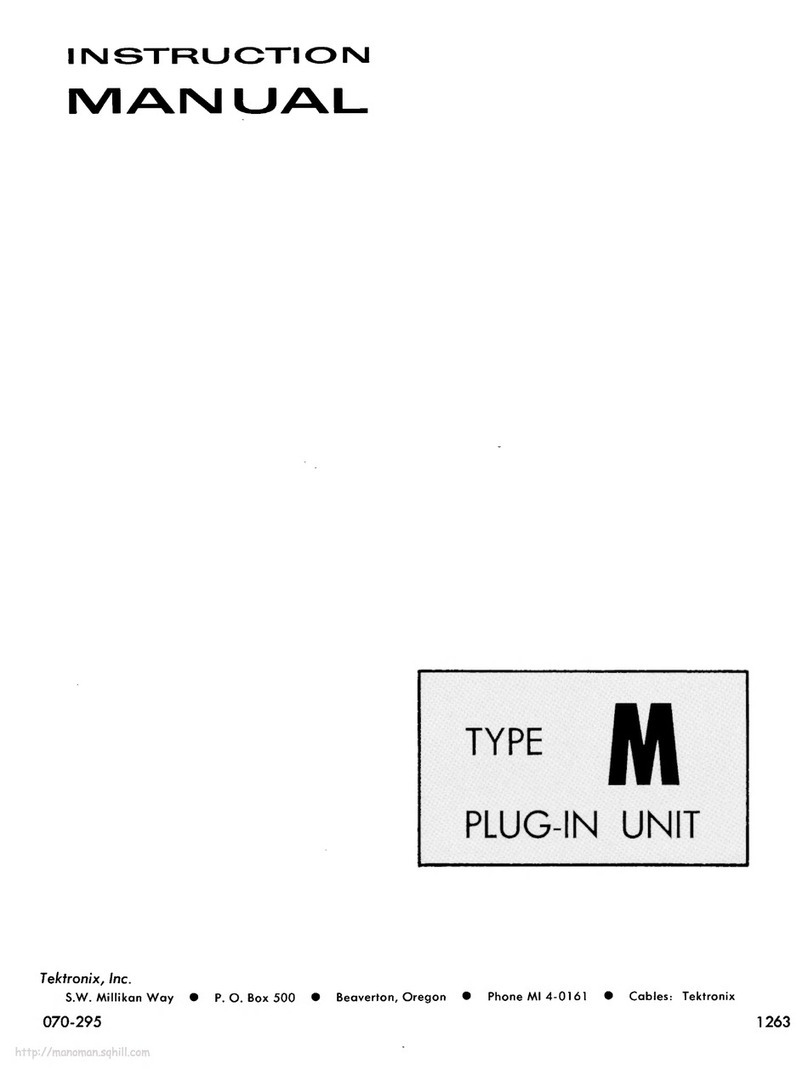
Tektronix
Tektronix M 581 Series User manual
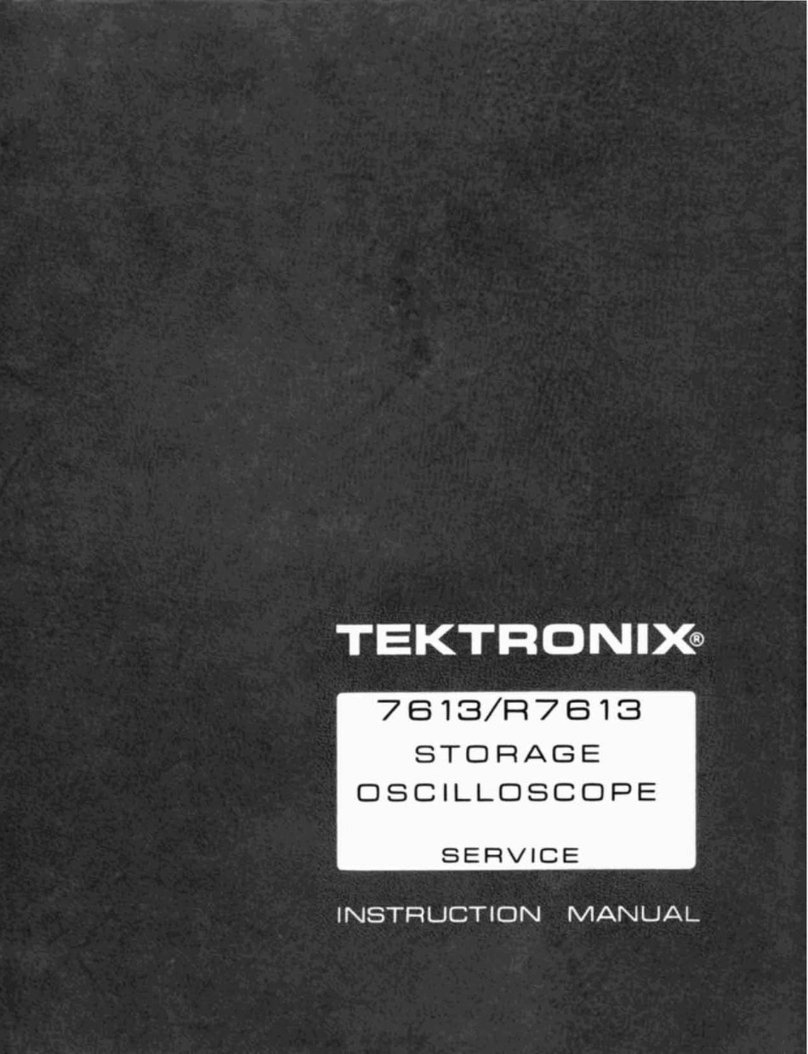
Tektronix
Tektronix 7613 User manual
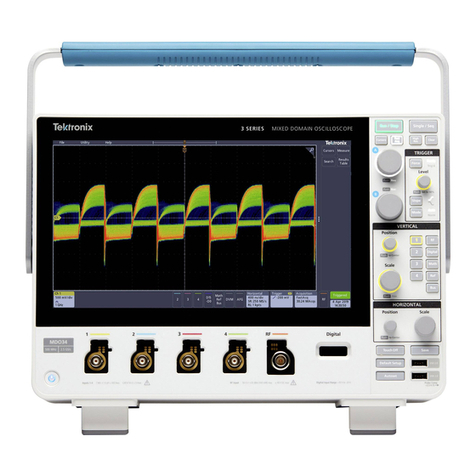
Tektronix
Tektronix 3 Series User manual
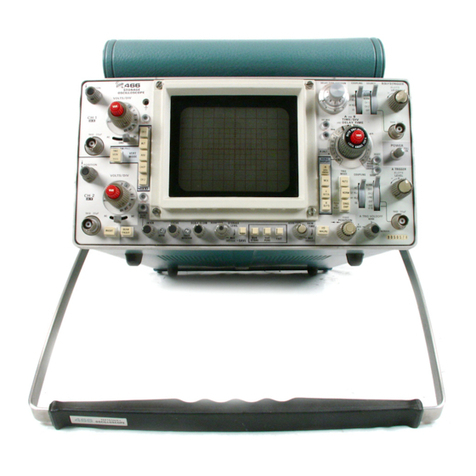
Tektronix
Tektronix 466 User manual
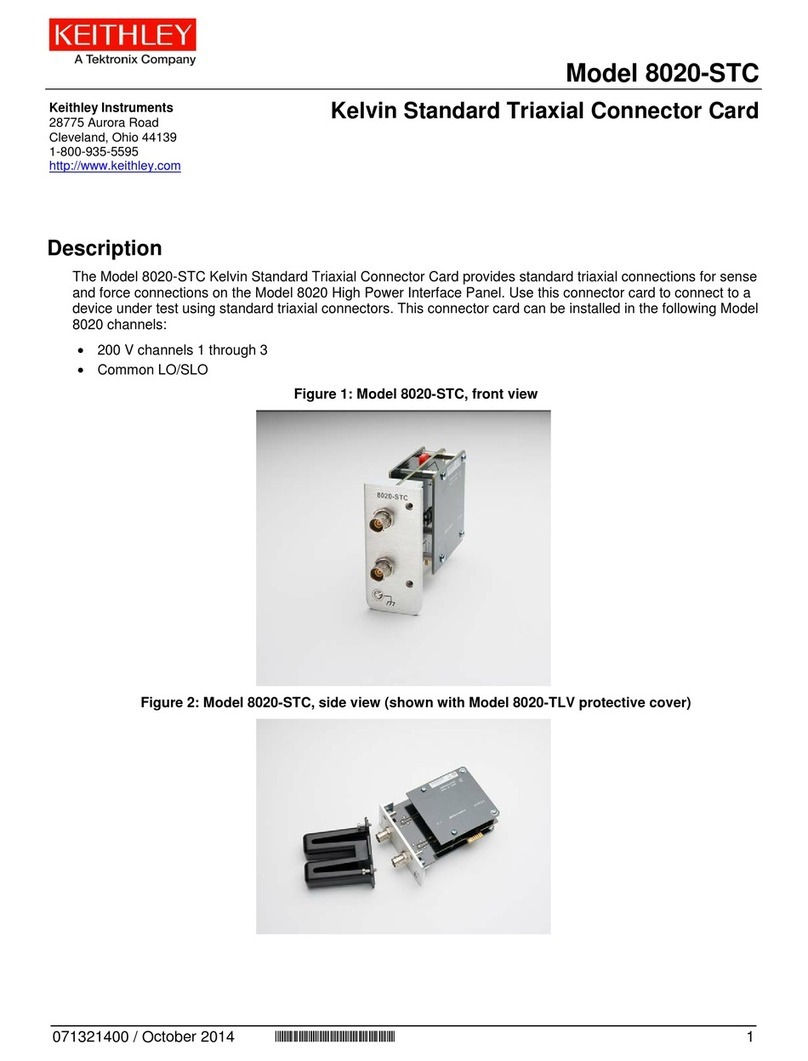
Tektronix
Tektronix Keithley 8020-STC User manual
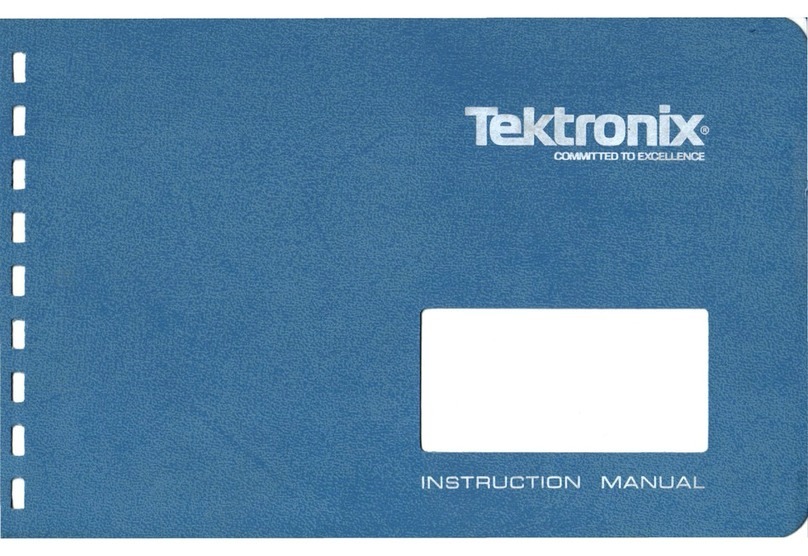
Tektronix
Tektronix 442 User manual

Tektronix
Tektronix TBS2000B Series Manual
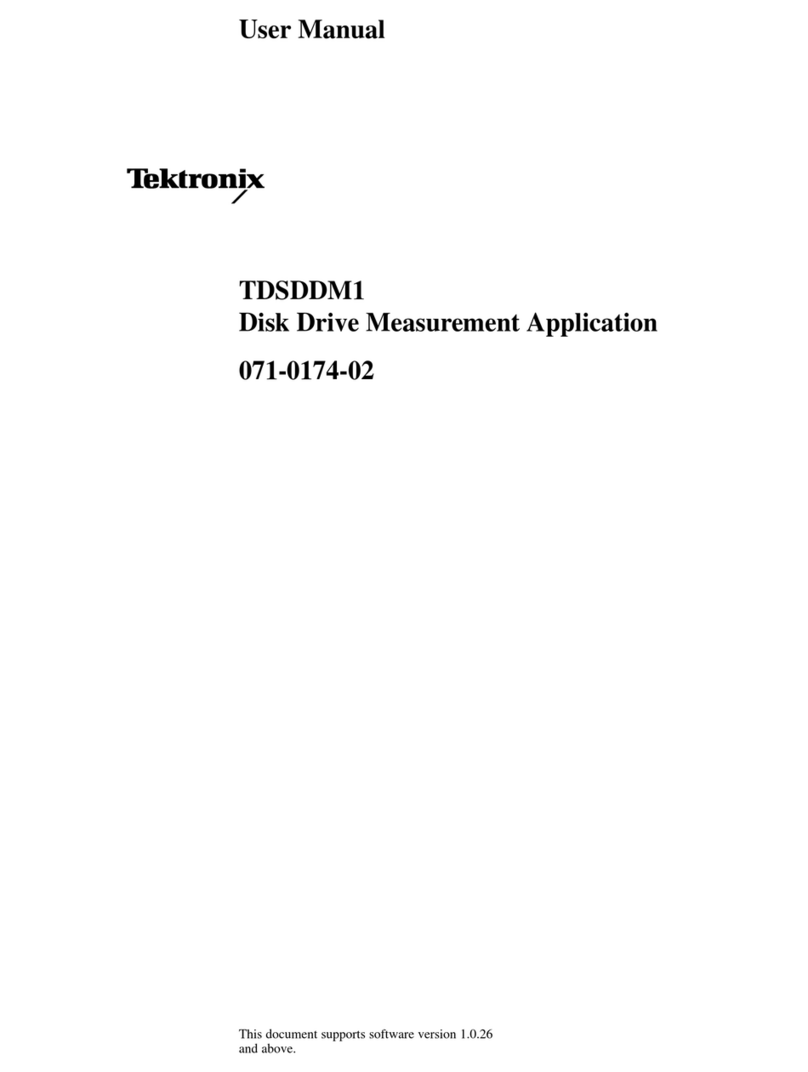
Tektronix
Tektronix TDSDDM1 User manual
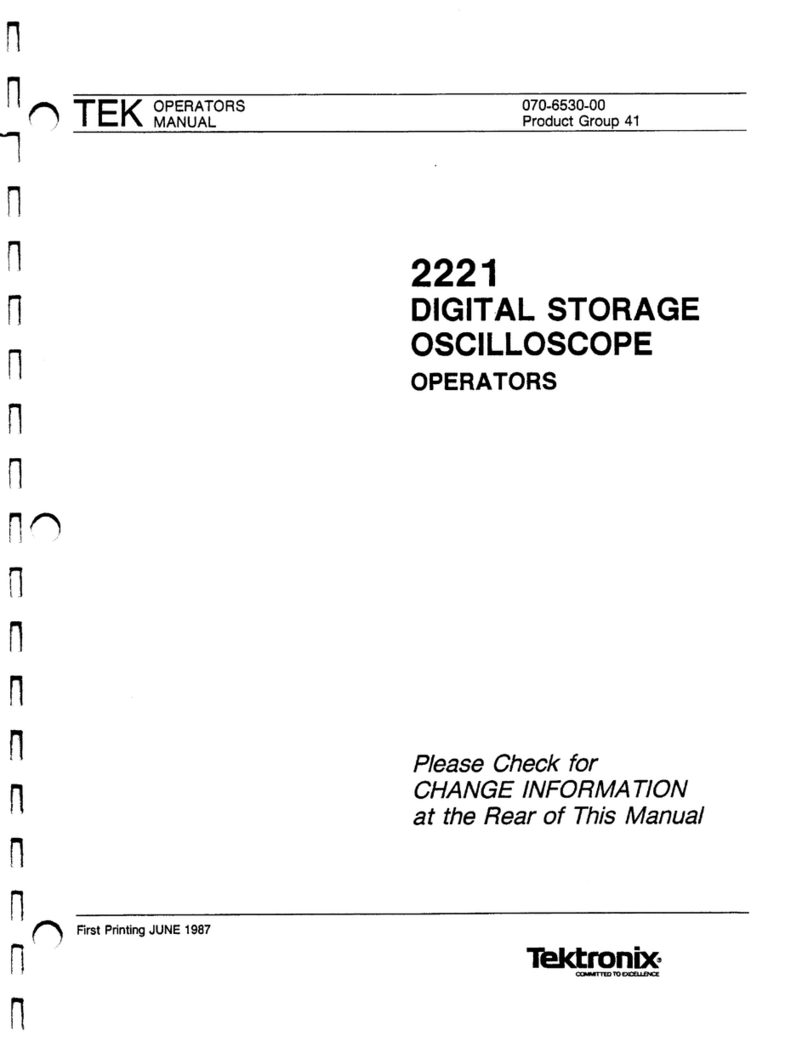
Tektronix
Tektronix 2221 User manual

Tektronix
Tektronix 323 Service manual
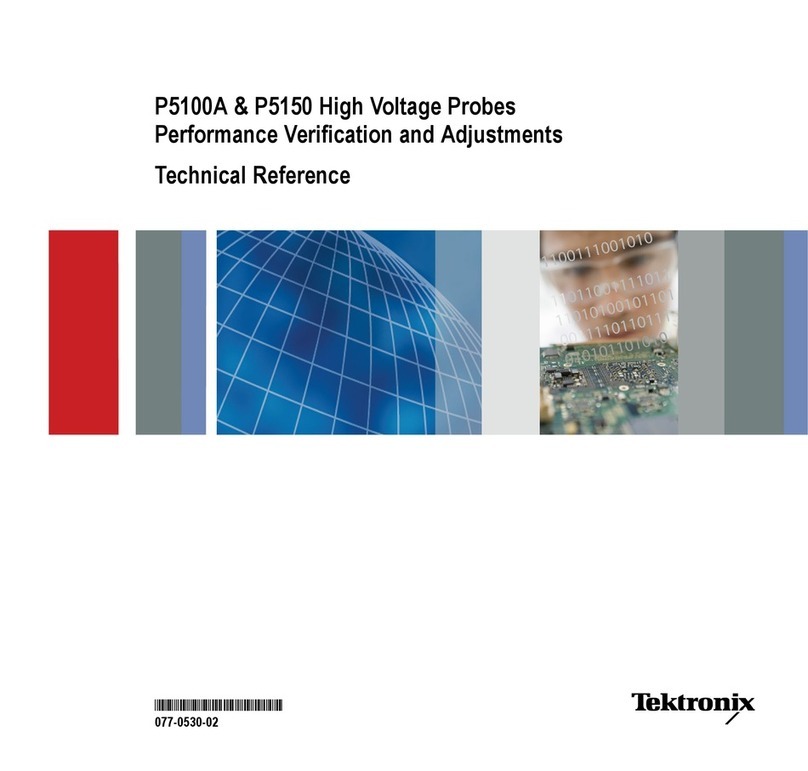
Tektronix
Tektronix P5100A Use and care manual
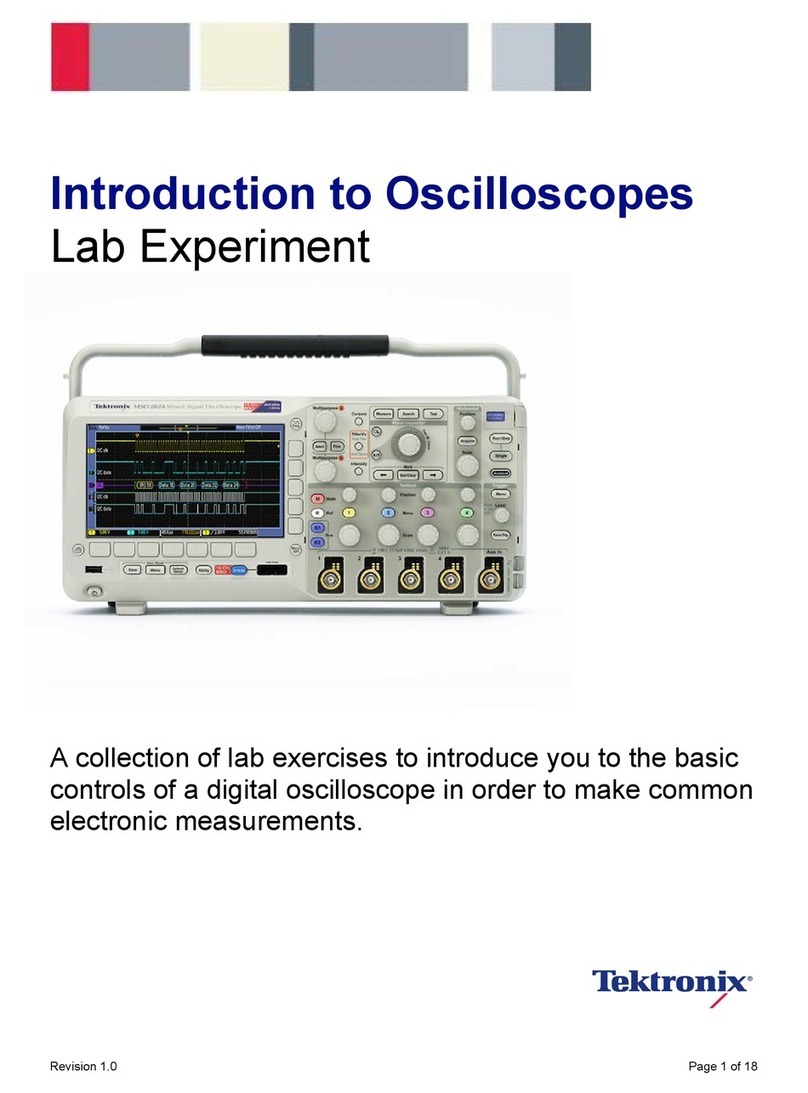
Tektronix
Tektronix MSO2000 Series User manual

Tektronix
Tektronix TCP202 User manual

Tektronix
Tektronix 2430 User manual
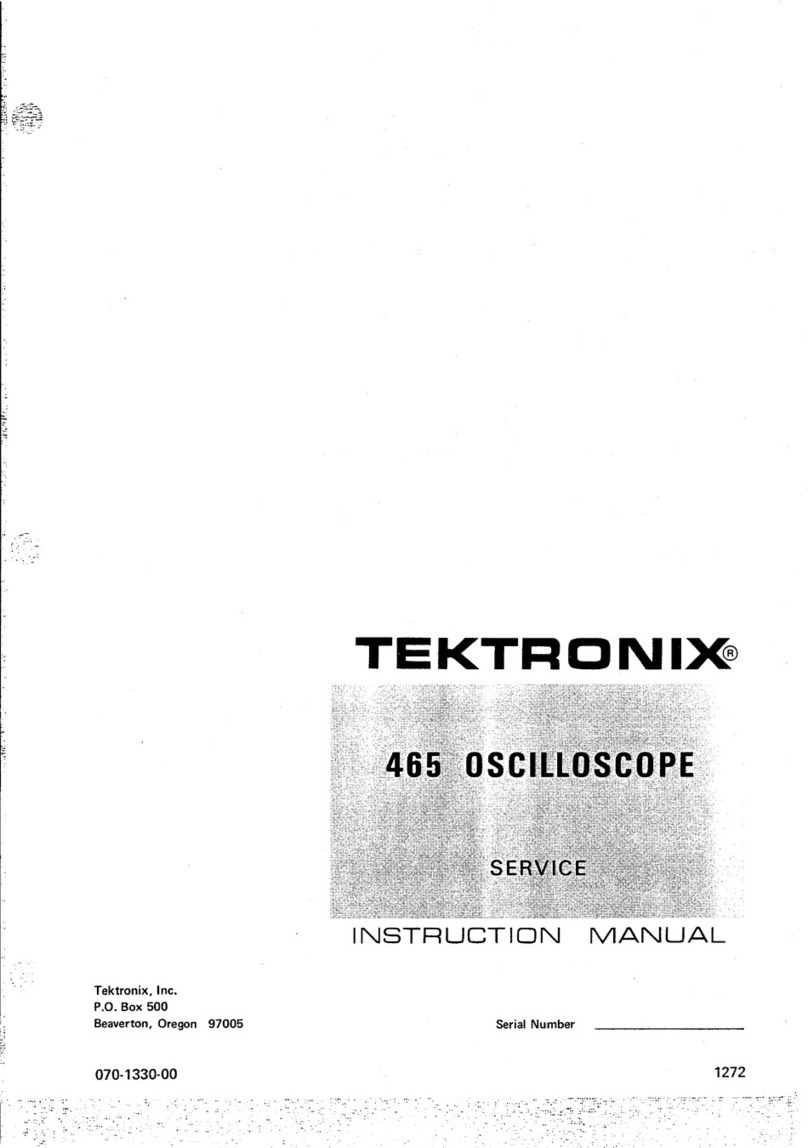
Tektronix
Tektronix 465 User manual
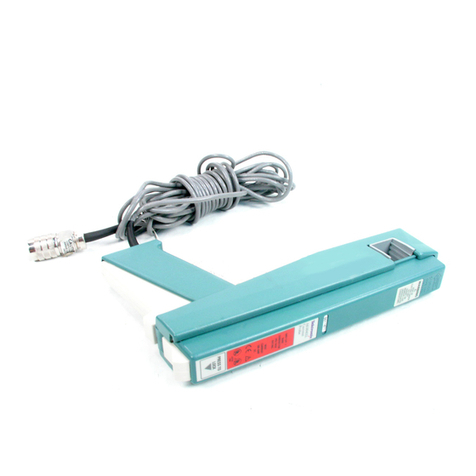
Tektronix
Tektronix A6304XL User manual
Popular Test Equipment manuals by other brands

Redtech
Redtech TRAILERteck T05 user manual

Venmar
Venmar AVS Constructo 1.0 HRV user guide

Test Instrument Solutions
Test Instrument Solutions SafetyPAT operating manual

Hanna Instruments
Hanna Instruments HI 38078 instruction manual

Kistler
Kistler 5495C Series instruction manual

Waygate Technologies
Waygate Technologies DM5E Basic quick start guide

StoneL
StoneL DeviceNet CK464002A manual

Seica
Seica RAPID 220 Site preparation guide

Kingfisher
Kingfisher KI7400 Series Training manual

Kurth Electronic
Kurth Electronic CCTS-03 operating manual

SMART
SMART KANAAD SBT XTREME 3G Series user manual

Agilent Technologies
Agilent Technologies BERT Serial Getting started
